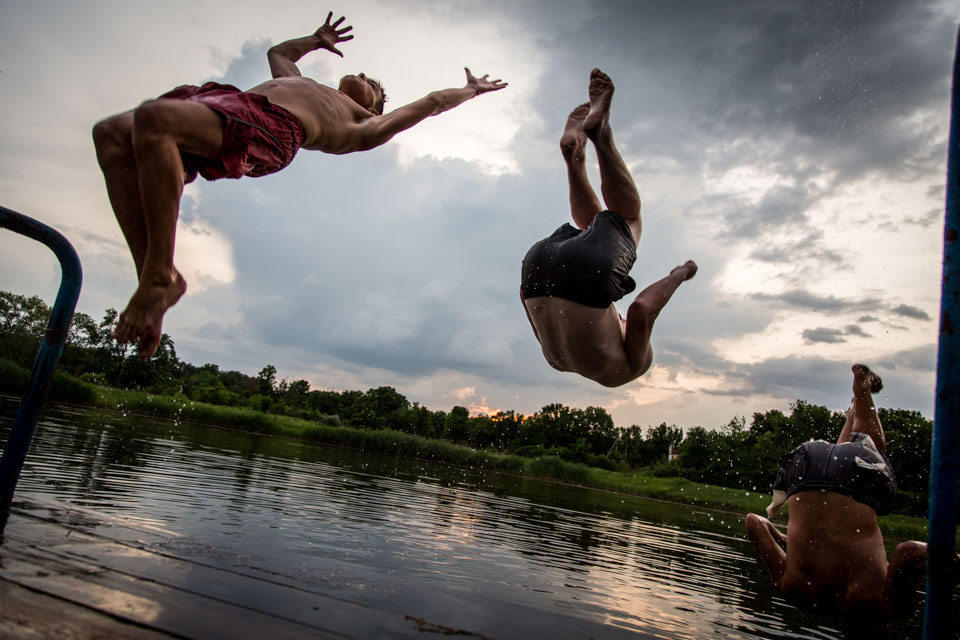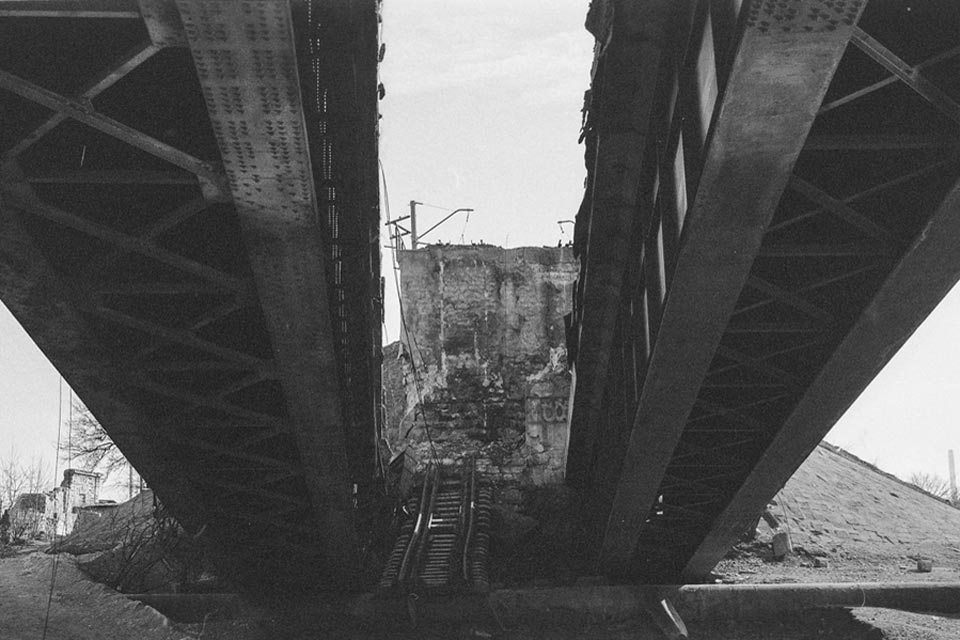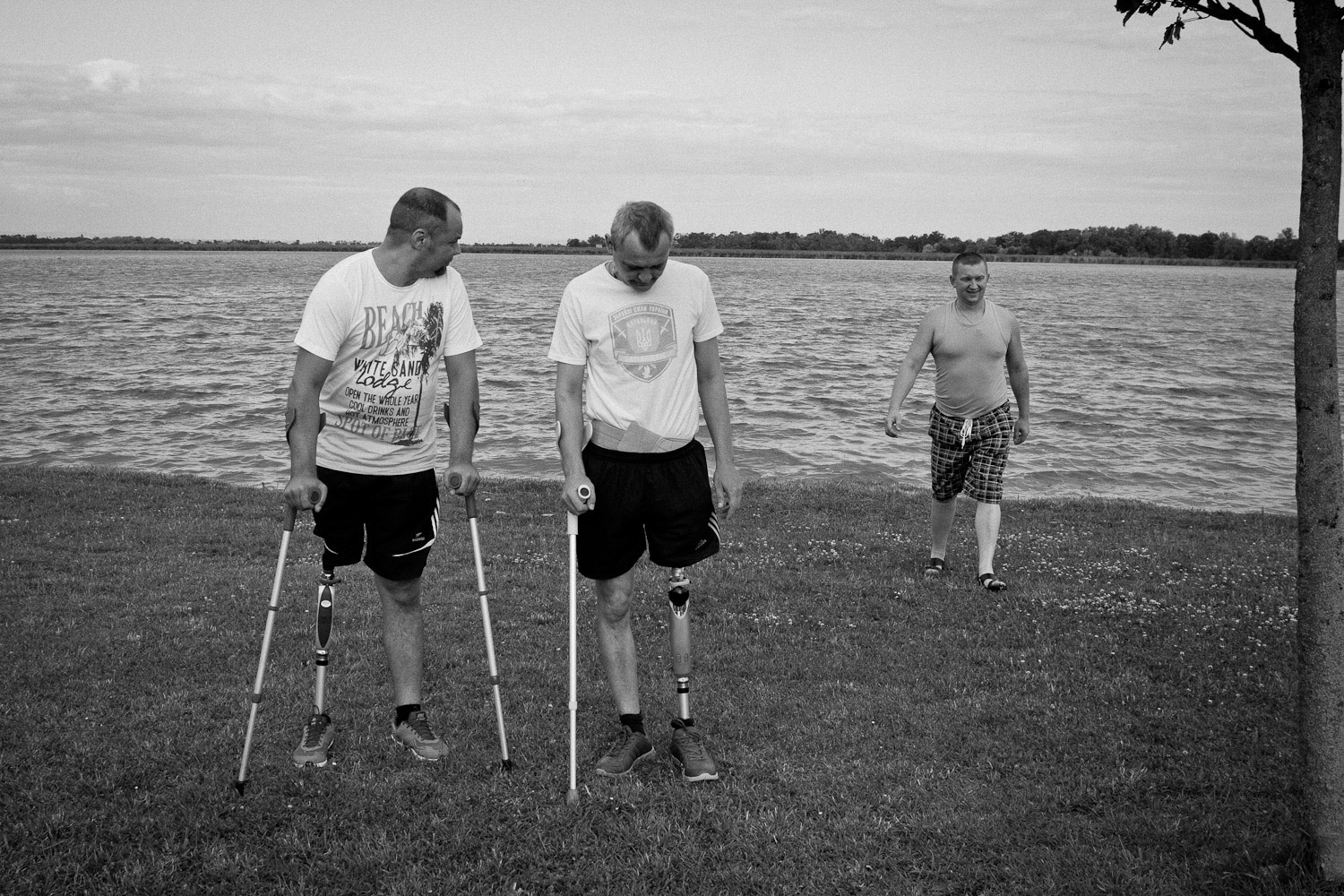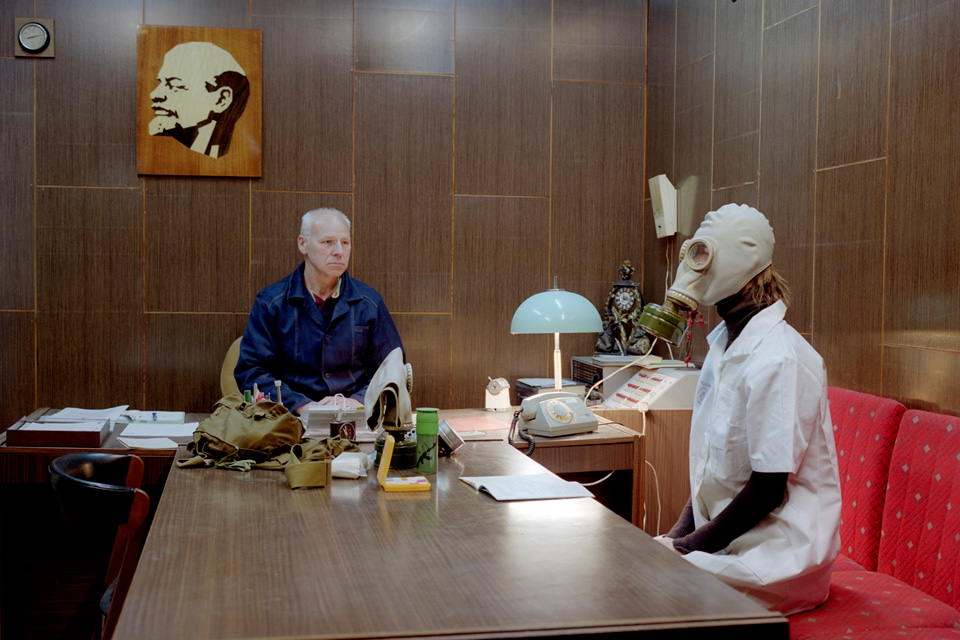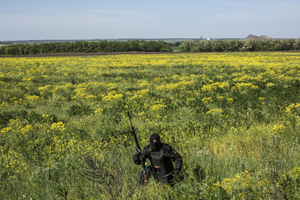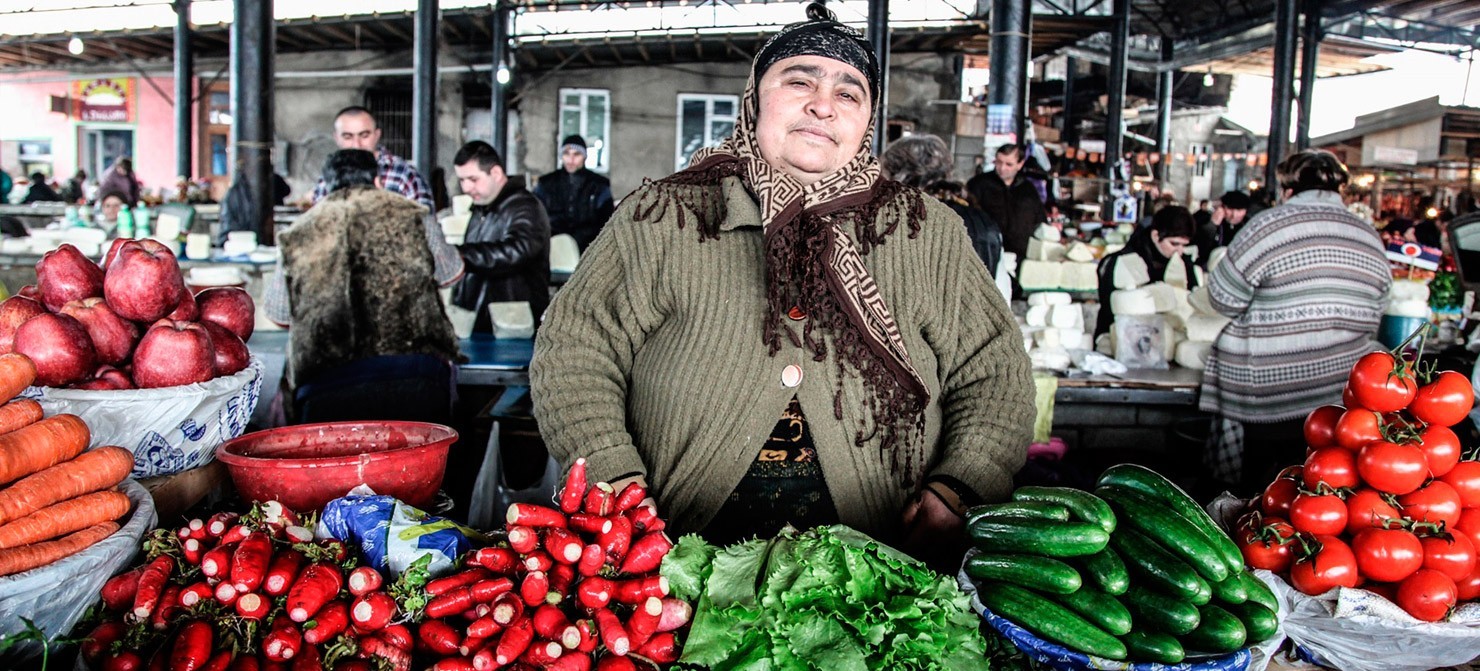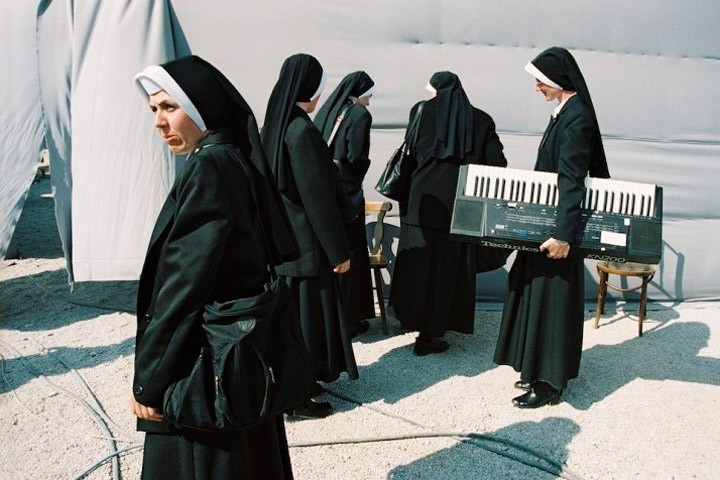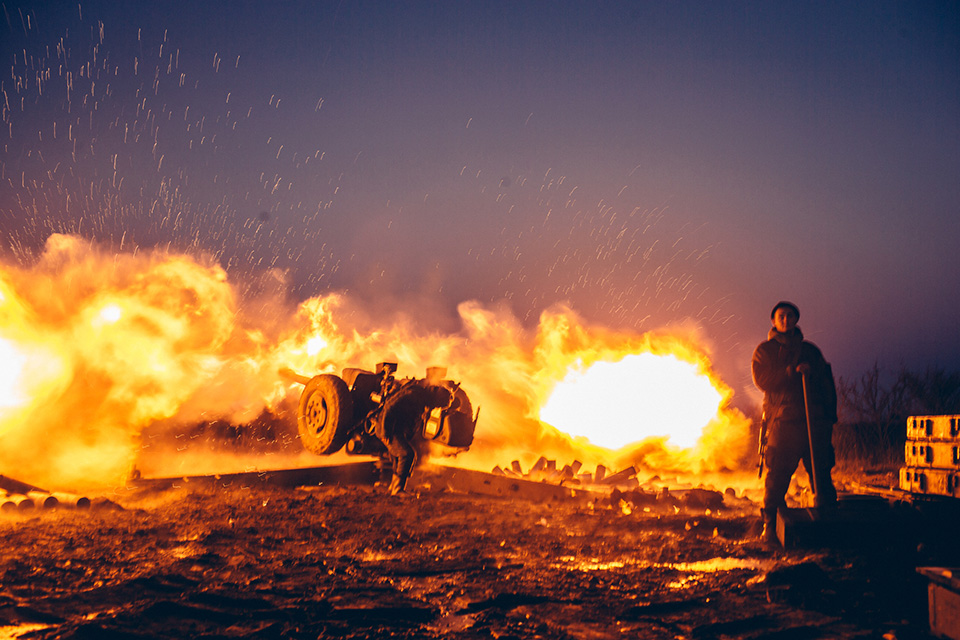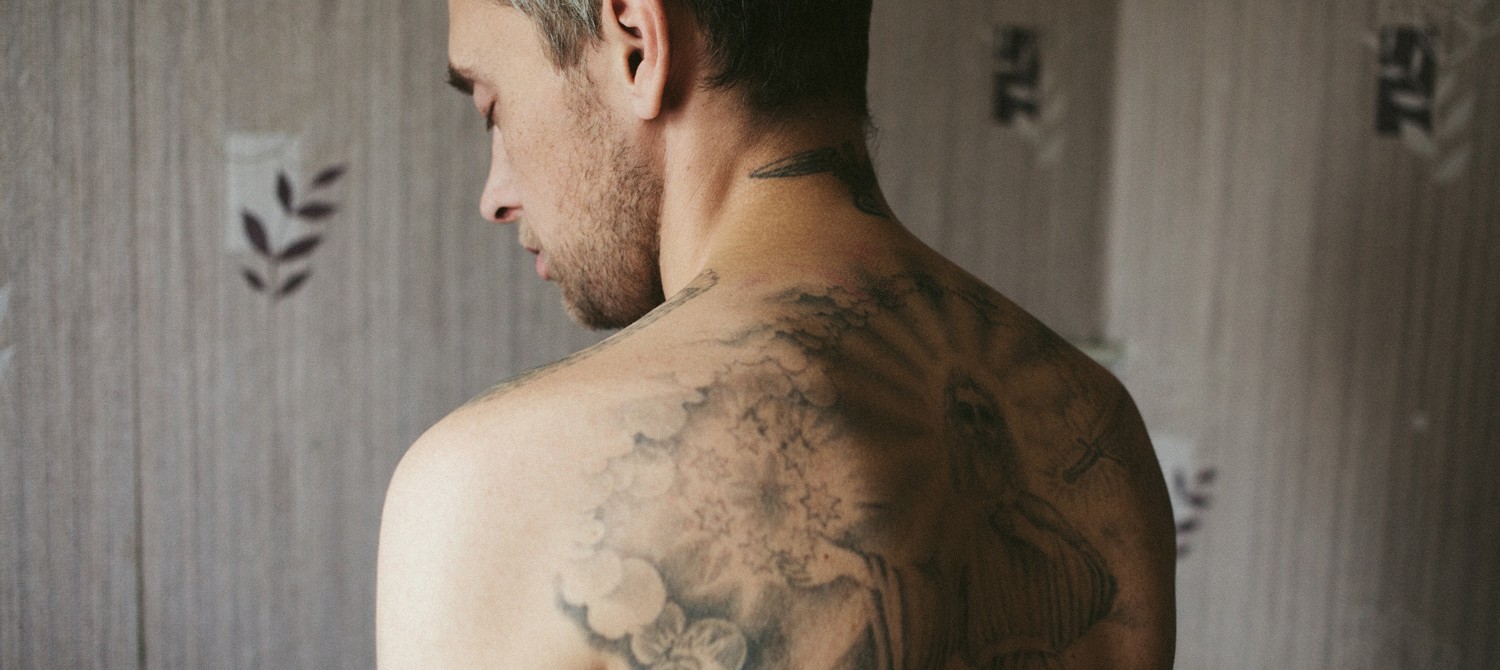
Christopher Nunn: Having a Drink and Listening to Tsoi Doesn’t Mean You Want to Return to the USSR
In winter 2014 photographer Christopher Nunn came to the Donbass region, peaceful at the time, having no idea he would be leaving a war zone. In the past several years he traveled all over Ukraine, aiming to document Ukrainian life as it is. Bird In Flight asked Mr. Nunn to show his photographs and share his impressions.
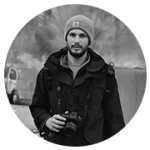
English photographer, lives in Leeds. Has been working on a project about Ukraine for the past three years. Worked for CNN, Esquire Russia, AnOther Mag, Fraction Magazine. Exhibited his works at Saatchi Gallery, Darnley Gallery and Vyner Street Gallery in London, in Grant Bradley Gallery in Bristol, and at Fuse Art Space in Bradford. PDN magazine included him in their 2016 30 New and Emerging Photographers to Watch list.
How and why did you visit Ukraine for the first time?
The first time was in the summer of 2006. I had an interest in Ukraine for a long time, because my grandmother comes from the Ivano-Frankivsk region.
Did you have any stereotypes about Ukraine?
There are many stereotypes of post-Soviet countries in the Western world, such as widespread alcoholism and drugs, bandits, etc. These things exist of course, and I’ve had my fair share of experience with all of them, but that shouldn’t define a country. Regarding photography, I think a lot of the visual stereotypes come from earlier works from these counties by such photographers as Luc Delahaye and Boris Mikhailov. A lot of friends in England seem to think Ukraine is perpetually bleak and freezing cold.
Political correctness aside, can you say that Ukraine is a country of the Third World?
I’d say Ukraine is a country of contrasts, where big city centers feel like any European city, and at the same time, there is sometimes incredible poverty. I’ve been to places that could almost be considered Third World, particularly with regards to the care of the elderly, and, of course, corruption.








What do you think about nostalgia for Soviet Union?
The legacy of the Soviet Union can be felt everywhere: even little things, like people still saying ruble instead of hryvnia just out of habit. There is a lot of Soviet nostalgia, but this doesn’t necessarily mean that people actually wish they were back in Soviet times, it is more related to reminiscing about the times when they were young. Having a drink and listening to Tsoi doesn’t mean you want to return to the USSR. I was recently speaking to some elderly women in Dzerzhynsk (currently Toretsk — Ed.) which is along the front line. Thirty years ago they could find work and travel around. Now they are poor, the prices are higher and their pensions stayed the same, they can barely afford to live, and they can’t visit friends and relatives who are in DNR territory because of the bureaucracy and expense of getting a pass.
Everyone has a different opinion. It’s difficult for a foreigner, an outsider, to truly understand Soviet nostalgia and it’s legacy.
Do you think that the reality of the Ukrainian people has changed a lot in the past 25 years? Is there still a certain ‘wildness’ about people here?
I’m too young to have had first hand experience of this, and obviously I wasn’t in Ukraine when the Soviet Union fell. We all know the 90s were a very hard time. Do you mean that people are uneducated or uncivilized or something? To be honest, the only couple of times I heard anyone refer to Ukrainians as wild people was from western Ukrainians referring to the people of Donbass, and usually those who said it have never actually been to the east.









Last year the President of Ukraine signed the decommunization bills. Do you think they will work?
While I understand the reasons behind it, I don’t necessarily agree with the decommunization laws, or more specifically, the way they have been implemented in some cases. Many people I speak to don’t really care much about the Lenin monuments. But I know that to many people it is a symbol of Russian influence and a history that Ukrainians want to move away from. But perhaps a bunch of guys shouting aggressive slogans and ripping down Soviet monuments in a small, unstable Donbass town near the front line is perhaps not the best way to deal with it. There are a lot of beautiful Soviet murals and artworks around, and it seems a shame to destroy them. It’s like trying to re-write history.
Did you feel any differences between east and west Ukrainians, or is saying people in different regions are different just a part of a political game?
Of course there are some differences, but I think political games is correct. The propaganda and misinformation of the last few years has turned neighbor against neighbor. Luckily, most people understand that this is all part of an information war. On the one hand, the differences or divisions between east and west have been massively amplified due to the situation in Ukraine, but at the same time, I think the country has become more united as well.








Please tell us about your experience in Donbass.
I first visited Donbass in January 2014 when it was peaceful. Working alone in Ukraine meant that I constantly had to deal with situations that were well outside my comfort zone. A few times I was afraid, but it’s part of the work. I’d be lying if I said it wasn’t exciting at first – the protests and riots and things like that, but the situation quickly became very serious. It was a very confusing time for everyone. Today in the east, everyone is used to the war going on, so walking to the market or taking your kids to school and hearing the thunder of Grad missiles being launched or incoming in the distance is normal now.
